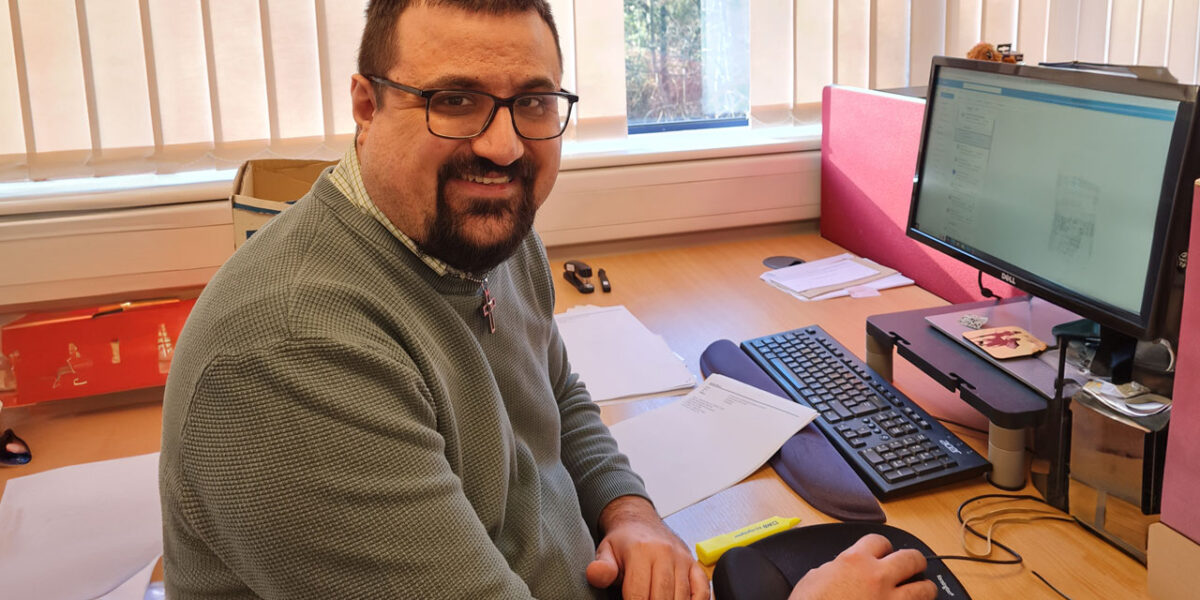Are current assessment models problematic for the future of England’s job market?

Students are only being tested on one skill – memory – and it’s one that will never come up in an interview. These exams are all still paper and pen-based, yet – ironically – the only jobs today that would require good penmanship would be those in teaching, making the skill most likely redundant.
With PwC announcing that graduates will no longer need a 2:1 degree in order to apply for work, it’s clear that the square mile’s biggest employers are putting a greater emphasis on hiring based on skillset and aptitude – not just UCAS points.
After all, this is quite the move away from the top grades and Russell Group endorsements required by the Big Four in years gone by.
But what does this mean for the way in which students are taught throughout their general and higher education? And how can different assessment methods help ready young people for the future job market?
Testing, testing, one, two: The current assessment landscape
Whilst teaching and learning in the UK’s education sector has increasingly embraced various digital technologies and tools over time, the exam system has remained remarkably similar for the past 160 years. Typically, at the end of a course of learning, countless rows of pupils will be assembled in large halls on the same day (often at the same time) across the country, heads down for several hours in silence, handwriting their answers to a set of exam questions on the subject in question.
With the existing examination model, students with a high aptitude for memory recall of the knowledge they have learnt are at a clear advantage in closed book summative (or ‘end of course’) exams. Once in the world of work, however, collaboration and communication with others, as well as access to a world wide web of information provide very different ways for employees to contribute to an organisation’s success.
In today’s digital age, therefore, we and many of our awarding organisation customers can see that the traditional assessment model need not be the only option in determining a student’s success. Indeed, digital assessment brings exciting possibilities in radically changing how, when and where students are assessed and accredited.
I think many of us would agree, however, that one of the goals of education, in addition to embedding knowledge, should be to teach students real-world skills that will help them have a brighter future.
Digital Assessment after the pandemic
Since the pandemic, appreciation of digital assessment and what it could offer has come a long way.
While universities have long advocated for digital assessments, schools and colleges are now far more open to following suit, with the necessary support and resources required.
Even after the removal of social distancing rules, several universities continued to administer open book examinations during 24-hour periods. These open book tests are far from the norm. Rather than relying on memory recall, this evaluation approach also tests students’ problem-solving, creativity, and knowledge application abilities.
Digital exams can bring efficiencies that would allow awarding organisations to deliver results faster than conventional exams by cutting out the time it takes to move the paper around the system. The ability to collect data brings additional insights, both at a candidate level (highlighting specific capabilities and needs) and at a macro level such as more easily spotting common misconceptions in answering the same question or even identifying exam malpractice such as plagiarism or collusion.
Despite the evident benefits of digital assessment, the pace of change has been slow. This is due to multiple challenges such as the need to have sufficient devices and power points in order to replicate the current exam set-up of all students being assessed with the same exam paper at the same time.
The high stakes nature of such assessments also mean that awarding organisations place a great deal of importance on ‘getting it right’ when it comes to large-scale change as they seek to minimise the risk of negative impact to student outcomes. This makes the sector understandably cautious in implementing new ways of doing things.
Modern education for the tech driven world
Many students are yearning for learning and assessment that is more closely related to what they would do at work. For example, we’ve observed an increase in NCSC courses, highlighting the desire to master skills that are essential for specific professional routes. Accountancy businesses, for example, are already evaluating students using the same technology that they use in their offices.
Digital assessments better equip students for their journey into today’s tech-driven world. Using computers to work on online projects gives them a more realistic picture of the world and develops transferable skills they will need after their schooling in their professional careers.
This could help bridge the present skills gap in the recruiting process and better prepare students for their chosen careers. Hence, educators should begin collaborating with partners who are driving increased use of technology to assist them in preparing their staff and students for the world of tomorrow.
However, the rate at which it has been adopted varies greatly and while some nations have already initiated digital assessment programmes, many are still largely paper-based.
Adopting digital assessment
Adapting to new technology takes time in every industry, but it’s important to remember that the need for change exists in education systems throughout the world, not just in the UK.
Many schools and institutions still have concerns about the availability and reliability of digital assessment technologies. But remote and hybrid learning is here to stay and offers great benefits to education institutions, teachers, and pupils including reach and accessibility.
A key step in the digital assessment journey can be ‘going digital’ for a small number of assessments first (for example, selected subject areas only). Some organisations give students a choice of equivalent paper or digital assessments, seeking to ensure equity between these options before rolling it out further or phasing out paper-based assessments. This is what’s happening in New Zealand at the moment, with the New Zealand Qualifications Authority (NZQA)’s long-term Digital Assessment Vision, where an increasing number of students are opting to practice and take their school exams on a computer rather than on paper.
Once assessments move fully digital, however, the need to stick to the traditional exam format falls away, bringing the potential for students to be assessed in more creative or real-world ways than have been possible in a paper-based world. We and most of the organisations we work with are excited about this potential, albeit on the understanding that it’s imperative we get it right in order to give our young people the future they deserve.
The adoption of digital assessments globally is still nascent, but the pandemic has accelerated it substantially. As long as educators use the right tools, they can focus on what they do best – building meaningful, effective relationships with students, and inspiring a passion for learning – rather than spending time marking and developing new materials.












Responses